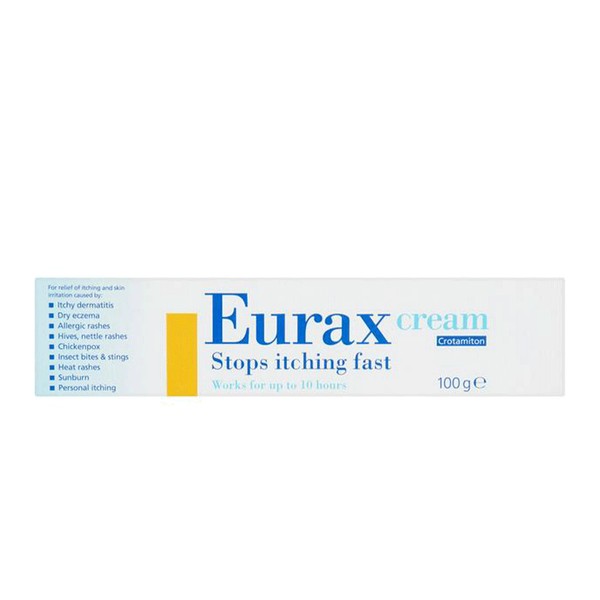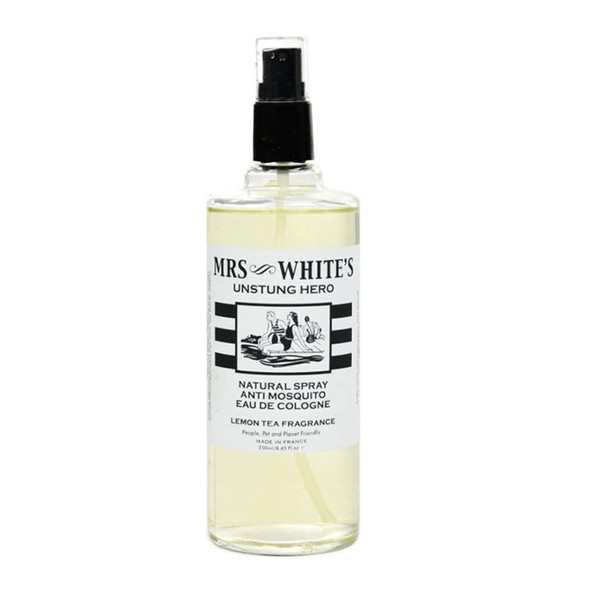Summer Skin – Your Questions Answered
First – How Long Does It Take For Skin To Burn?
“Sunburn is a radiation burn to the skin. It can happen on sunny or cloudy days because UV light penetrates through clouds. The skin can burn in as little as ten minutes and turn red within an hour. The skin can then continue to redden over the next four to 24 hours and can take days to heal. In the long term, it increases your risk of skin cancer. You can’t always see or feel your sunburn, especially with the glare of the sun and any gentle breeze but it can become much more obvious once you move into the shade or indoors and with the passing of time.” – Dr Joanna Ward, GP & founder of Zenii Skin Clinic
What’s The First Thing You Should Do When You Notice Sunburn?
“Sunburn is an inflammatory response in the skin caused by DNA damage. As soon as you notice damage, get out of the sun immediately and apply cool packs to the burnt area to reduce heat in the tissue – this will minimise the impact of the burn. If you don’t have cool packs, have a cool bath or shower, and avoid any products that contain petroleum jelly, as they will trap heat in the skin. Stay in the shade with loose clothing and apply a 1% hydrocortisone cream to reduce inflammation and itching. If you develop large blisters and/or a fever, then seek medical attention. In some cases, heat stroke accompanies the burn so look out for symptoms like dehydration, confusion, fever, chills, rapid pulse and get help if you notice any of these. Remember all episodes of sunburn are dangerous and significantly increase your future risk of skin cancer.” – Joanna
What Are The Most Effective Products That Can Treat Sunburn?
“No product can cure or erase sunburn – once the damage is done, it’s done. However, there are products that can keep you more comfortable and can hydrate the skin while the damage heals. The best after-sun lotions have a high-water content and contain rich amounts of aloe vera – something fragrance free is ideal. Whilst true clinical effectiveness of aloe is yet to be established, we know it has a cooling effect on the skin, has antiseptic properties and is safe to apply to sunburn. Try to avoid anything with oil or rich creams that can occlude the skin and trap heat in and instead opt for hydrating gels.” – Joanna
“Aftersun products tend to be more effective at treating sunburn (compared to traditional moisturisers), as they contain soothing ingredients like aloe, allantoin and bisabolol. Allantoin is known for its ability to add water to the skin and help it hold onto moisture longer, helping rehydrate burnt skin. Bisabolol, meanwhile, calms and reduces redness. Aftersun is preferable to standard moisturiser, although any moisturiser is better than none.” – Dr Paul Banwell, founder of The Banwell Clinic
What Does It Mean When Your Skin Peels?
“The skin starts to peel when the skin is overwhelmingly damaged by UVB rays, leading to damaged DNA, and prompting the body to get rid of the damaged cells, resulting in dead cells peeling off. It’s best to leave the skin to naturally slough off if this happens to avoid scarring and further damage. Picking peeling skin can result in permanent scarring and stubborn pigmentation marks.” – Dr Catharine Denning, advanced aesthetics doctor
How Long Should You Keep Sunburned Skin Out Of The Sun For?
“Sunburned skin needs to be protected as long as it is red, tender or pink. If the skin has become swollen, blistered and pustular, then you need to avoid the skin at all costs until the skin starts to heal. This could be anything from three to five days for an average sunburn, to several weeks if you've experienced sunstroke. Blistering, rashes, bumps and prickly heat are signs of overexposure – until you recover, stay covered up.” – Diane Ackers, skincare expert for Doctors Formula Cosmeceuticals
Is It Normal For Freckles To Look Different After A Day In The Sun?
“Yes – freckles and sunspots can become more prominent following sun exposure. While some people think this is attractive, it’s a sign that the skin is trying to protect itself from UV exposure to avoid further damage to the skin’s DNA. Any changes to your moles – whether it’s a change in colour, shape, size, consistency, or increased ease of bleeding – should be seen by a doctor as these can be attributed to skin cancers such as melanoma. New dark spots, crusty lesions or pearly lumps can also be a sign of skin cancer, so always get these seen to by a GP or dermatologist sooner rather than later.” – Catharine
What’s The Best Way To Deal With Heat Rash?
“Heat rash develops when a duct that leads from a sweat gland to the surface of the skin is blocked or inflamed. This then blocks the opening of the sweat duct on the surface of the skin. Instead of evaporating, sweat is trapped beneath the skin, causing irritation and bumps. Cooling the skin down is the quickest way to get rid of heat rash, having a cooling shower or using cool compresses over the area can help reduce the symptoms, as can wearing cool light natural fibre clothing to wick sweat away. Avoid using heavy moisturisers if you have heat rash as these can trap sweat under the skin and exacerbate itchiness. Instead, use calamine lotion and take anti-histamines to calm the skin.” – Catharine
“Anyone can suffer from heat rash – it’s not just those with fair, sensitive skin. The Avène range has some great products to treat heat rash. Also, look for products that contain ceramides, niacinamide, green tea, chamomile, centella asiatica and aloe vera.” – Joanne Evans, founder of Skin Matters
Why Are Some Insect Bites Itchier Than Others?
“Different insects cause irritation at the site of a bite or sting for different reasons. For example, mosquito bites are itchy because they inject saliva into your bloodstream to stop blood from clotting while they feed – your body recognises the foreign proteins in the saliva as an allergen and elicits a defence inflammatory response including the chemical histamine, which can feel itchy. Your response to a bee sting, on the other hand, is dependent on your immune system. Some people may not even notice they’ve been stung by a bee, while others may have a severe allergic reaction.” – Catharine
What Are Some Of The Best Remedies To Relieve Itchy Skin?
“For painful skin, look to over-the-counter painkillers, such as paracetamol or ibuprofen. For itching, try topical creams such as crotamiton cream, hydrocortisone cream and antihistamine tablets – all of these are easy to get hold of from the pharmacy. For swelling, apply an ice pack to the affected area and take antihistamine tablets. Stronger medicines such as steroid tablets are available by prescription from your GP, so if these remedies don’t work, then stronger options are available.” – Catharine
Any Tips For Looking After Your Underarms If They Feel Sensitive In The Heat?
“Razor burn is a very common problem in the summer months. As you sweat, the bacteria can get stuck in your body hair and dry. This can in itself create sensitivity to the underarms and where skin naturally folds onto itself. Your razor blades need to be changed regularly to ensure they stay sharp and don't scratch the skin. If you don’t regularly change your razor head, dead skin can get trapped behind the blades and putrefy, so that when you swipe it back across your skin, it can cause issues and infections. Technique matters, too. Underarm hair should be at least two to three millimetres above the skin’s surface before you shade and never press the razor into the skin to pick up small hairs. This can rip delicate underarm pores, which can lead to further discomfort.” – Trish Coulton, hair removal expert at Bondi Body
For more information, visit Zenii.co.uk, BanwellClinic.com, DoctorsFormula.com, Skin-Matters.co.uk and Bondi-Body.com
Shop These Expert Approved Products...








DISCLAIMER: Features published by SheerLuxe are not intended to treat, diagnose, cure or prevent any disease. Always seek the advice of your GP or another qualified healthcare provider for any questions you have regarding a medical condition, and before undertaking any diet, exercise or other health-related programme.
DISCLAIMER: We endeavour to always credit the correct original source of every image we use. If you think a credit may be incorrect, please contact us at info@sheerluxe.com.


